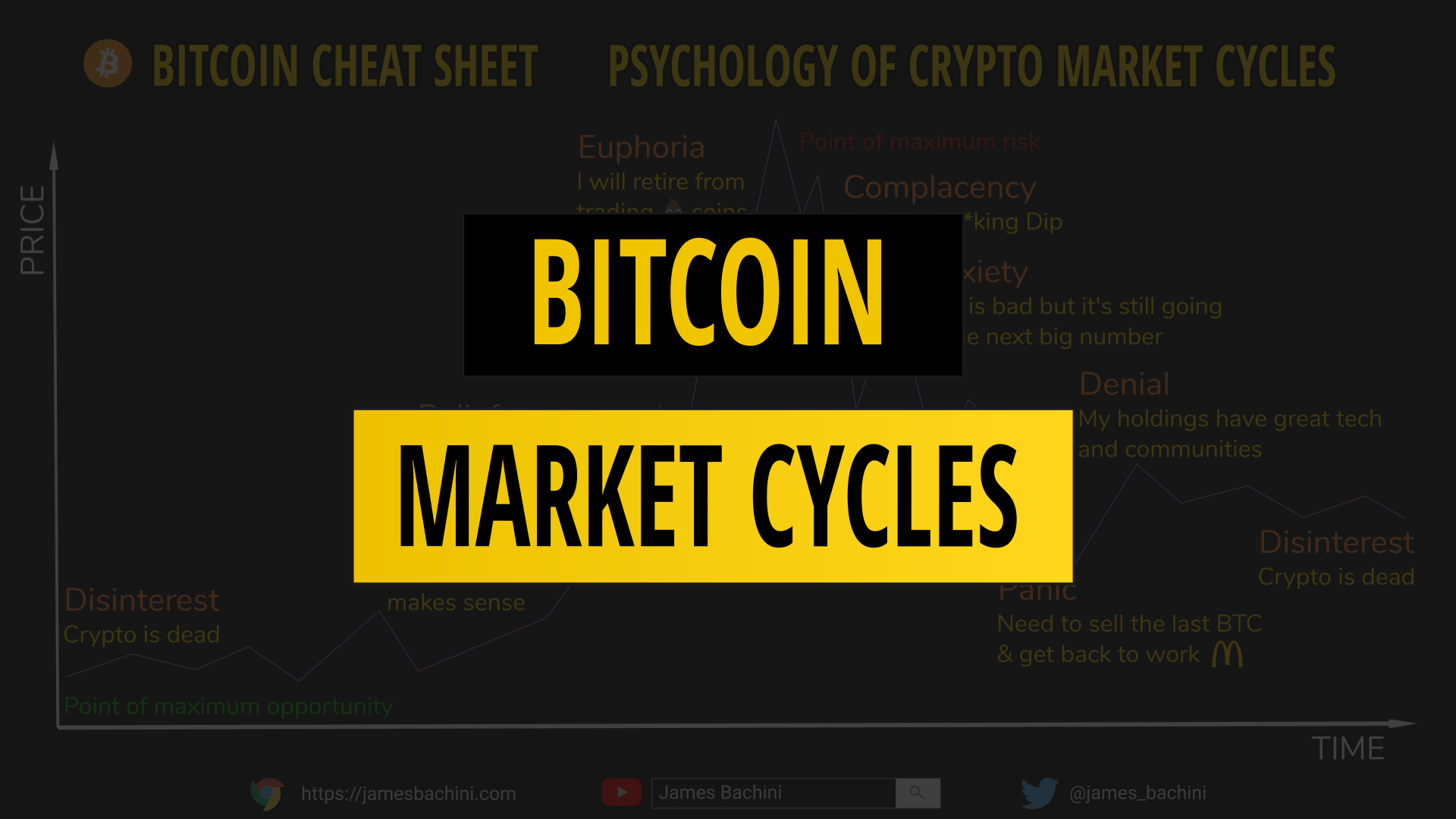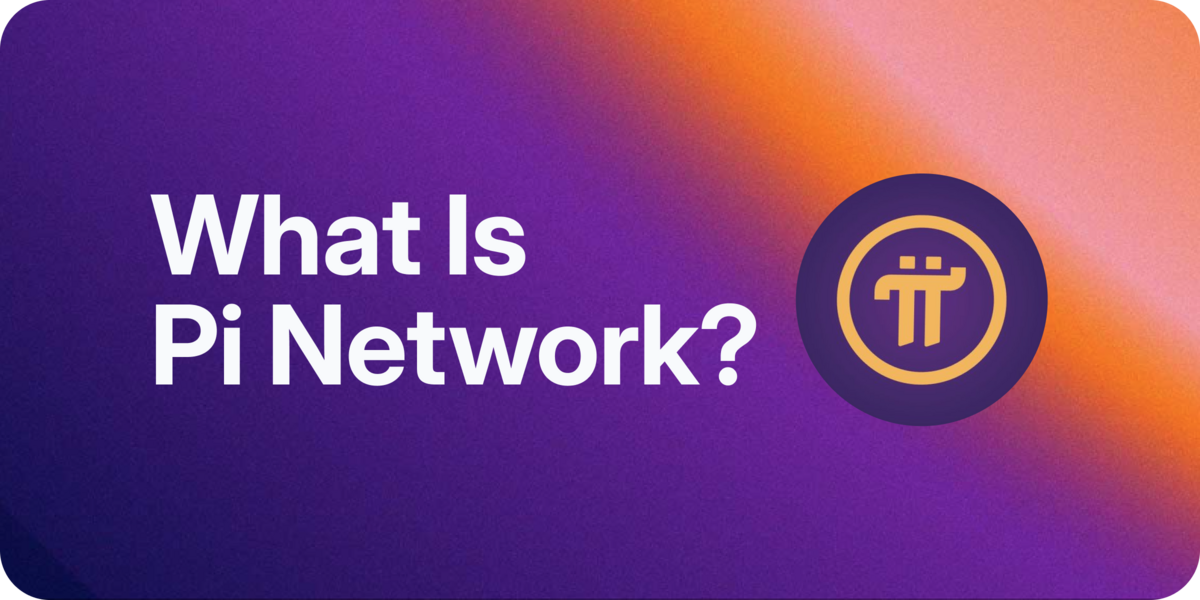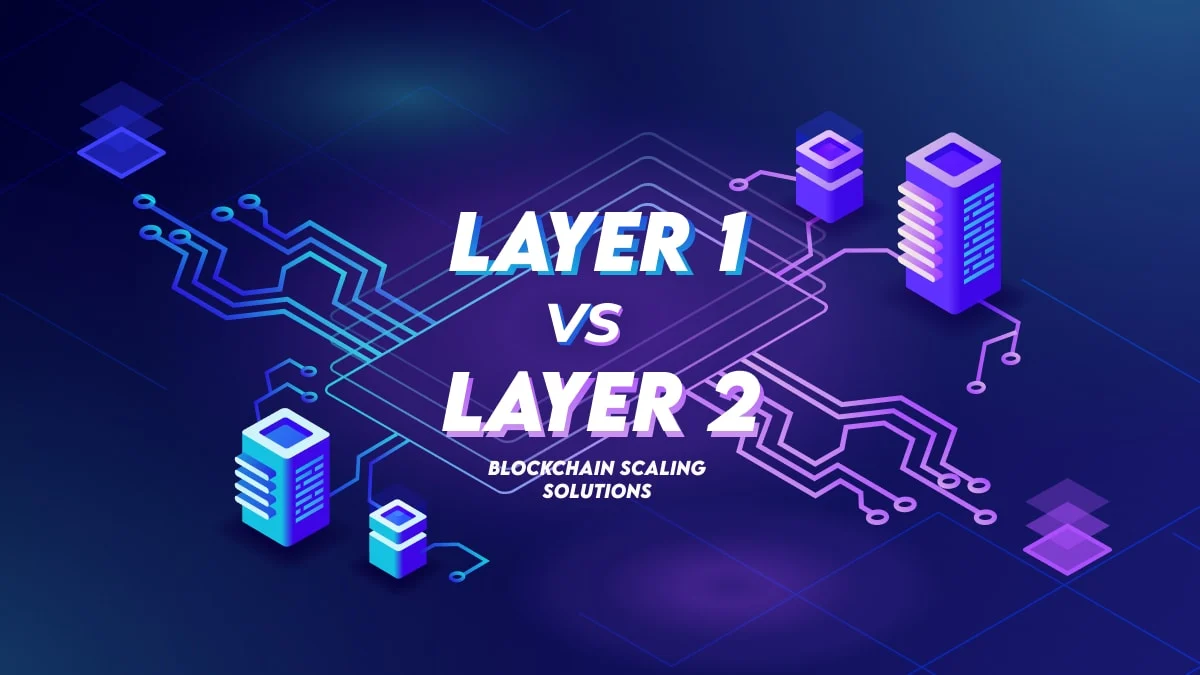How to Read Whitepapers: A Complete Guide for Investors, Researchers, and Enthusiasts
Whitepapers are a cornerstone in the world of cryptocurrencies, blockchain technology, and emerging tech industries. Whether you are an investor looking to understand a project’s vision, a researcher exploring new technology, or a developer diving into the technical specifications, reading whitepapers effectively is essential for grasping the full scope of a project.
In this article, we will walk you through the process of reading whitepapers, how to understand their content, and why they are crucial for evaluating the credibility and potential of blockchain or cryptocurrency projects.
What Is a Whitepaper?
A whitepaper is an authoritative document or report that provides detailed information about a product, technology, or concept. In the case of cryptocurrencies and blockchain, a whitepaper typically outlines:
- The problem the project aims to solve
- The proposed solution (technology, innovation, or platform)
- The project’s technical architecture and design
- A roadmap for development
- Tokenomics (how the tokens will be distributed and used)
- The team behind the project
- The project’s goals and objectives
Whitepapers are essential because they serve as the first official communication between a blockchain project and the public. They often function as the “blueprint” of a project, so understanding them is crucial for anyone considering involvement.
Step-by-Step Guide to Reading a Whitepaper
1. Start with the Abstract or Introduction
The abstract or introduction is typically the first section you’ll encounter in a whitepaper, and it provides a high-level overview of the project.
What to Look For:
- Mission Statement: What problem is the project trying to solve? The abstract should provide a summary of the problem and the potential solutions.
- Value Proposition: What makes this project unique, and why does it matter? The abstract will often describe how the technology is different from existing solutions and why it is better.
- Target Audience: Understand who the solution is for. Is it for developers, consumers, businesses, or governments?
2. Understand the Problem Being Solved
Every whitepaper begins with identifying a problem in the current landscape. The better you understand the problem, the easier it will be to assess the validity of the proposed solution.
What to Look For:
- Problem Statement: This section will go into detail about the issue or gap that the project seeks to address. Is the problem clearly articulated? Does it resonate with current trends or needs in the industry?
- Context: Is there an existing solution that this project aims to improve upon? Make sure to evaluate the flaws in the current system.
3. Assess the Proposed Solution
After understanding the problem, the next critical part is the project’s proposed solution. This section will explain the technology, product, or service being developed.
What to Look For:
- Technical Architecture: Look at the technology stack and system design. How will it work? What protocols are used? For blockchain projects, look for details about consensus mechanisms (e.g., Proof of Work, Proof of Stake).
- Innovation: Is the solution something novel, or is it an improvement on existing technologies? The more innovative and scalable the solution is, the more it could stand out in the long run.
- Feasibility: Does the solution seem technically feasible? Are there clear steps or stages of development, or does the project seem overly ambitious?
4. Tokenomics and Economic Model
For blockchain and cryptocurrency projects, the whitepaper will typically include a section on tokenomics — the economic model that governs the token’s supply, distribution, and use.
What to Look For:
- Total Supply: How many tokens will exist? Are they inflationary or deflationary?
- Token Distribution: How will tokens be distributed? Look for information on initial coin offerings (ICOs), private sales, public sales, team allocations, and rewards for users.
- Utility: How are the tokens used within the ecosystem? Is the token a medium of exchange, governance token, or used for staking or rewards?
- Incentives: Does the whitepaper clearly explain how participants (investors, users, developers) are incentivized to participate in the network?
5. Examine the Roadmap
The roadmap provides a timeline for the development of the project. It outlines key milestones and the projected timeline for delivering various aspects of the project.
What to Look For:
- Realistic Milestones: Does the timeline seem feasible? Look for achievable goals with specific dates. Overly ambitious or vague roadmaps should raise a red flag.
- Progress Updates: Has the project met previous milestones? You can sometimes find updates on the project’s website or other sources, and comparing them with the roadmap can provide insight into the team’s ability to execute.
- Future Vision: Does the roadmap outline long-term sustainability or scaling strategies? How does the project plan to stay relevant over the years?
6. Evaluate the Team and Advisors
A great project often requires a strong team. This section will typically provide information on the core team behind the project, as well as any notable advisors.
What to Look For:
- Background: Do the team members have relevant experience and expertise? Check for their track record in blockchain or technology development.
- Credibility: Are the team members well-known in the industry? Look for verifiable social media profiles, LinkedIn pages, or other sources that confirm their background.
- Advisors: The whitepaper should also mention any prominent advisors, investors, or partnerships. Their involvement can give insight into the project’s credibility.
7. Understand the Technical Details
The technical section of a whitepaper can be dense, especially for highly technical projects. However, this is the part that will give you the most insight into how the project actually works.
What to Look For:
- Blockchain Architecture: How is the blockchain structured? What makes it scalable, secure, and decentralized?
- Consensus Mechanism: How are transactions verified? Is it Proof of Work, Proof of Stake, or something unique to the project?
- Smart Contracts: Does the whitepaper describe how smart contracts will function? Are they flexible, and what do they aim to achieve?
- Security Features: How does the project ensure user and data security? What encryption methods are used, and are they explained?
8. Review the Legal and Compliance Information
For any blockchain or cryptocurrency project, especially those that involve token sales, legal and compliance aspects are critical.
What to Look For:
- Legal Disclaimer: Is there a legal disclaimer indicating risks associated with the investment? This is especially important if the project involves token sales or ICOs.
- Jurisdictions: Does the project mention which countries or regions they plan to operate in and any regulatory considerations they may have to comply with?
- Privacy Policy: Look for any statements regarding how user data will be handled, especially if the project involves personal data collection.
Conclusion
Reading a whitepaper is an essential skill for anyone involved in cryptocurrency, blockchain, or emerging technologies. By following these steps, you can analyze a project’s legitimacy, technical feasibility, and potential for success. Keep in mind that a well-written whitepaper is just one piece of the puzzle, so always conduct further research, engage with community forums, and evaluate the project’s updates and progress to make informed decisions.




